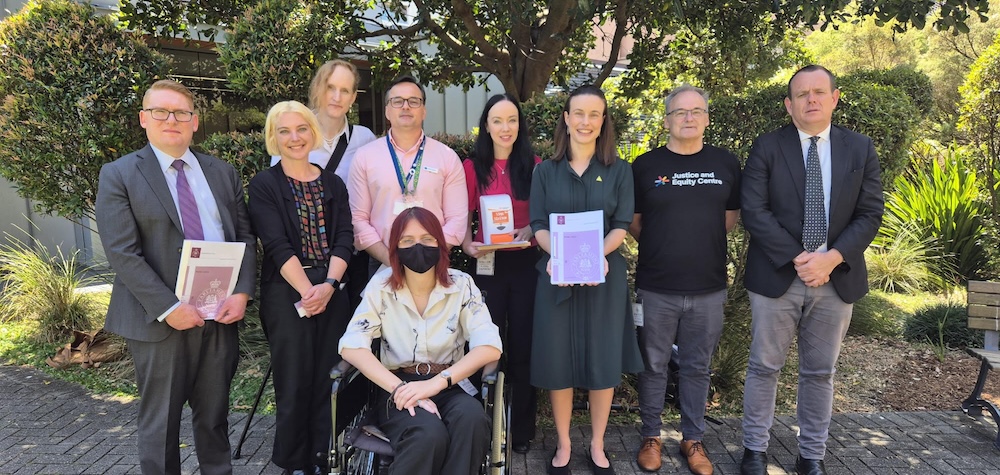
Anal cancer is fairly rare, however, it’s important for gay men to be aware of it, as the risk is nearly 35 times higher if you have had receptive anal sex and 70 times higher if you are HIV positive.
The reason gay men appear to be at higher risk is an increased exposure to the HPV, or human papilloma virus. HPV is associated with genital warts, including those found in the anus.
If you are HIV positive or have had anal warts, it is suggested you get yearly screening for anal cancers.
Other factors that increase the risk of anal cancer in men include smoking and increasing age. Unless HIV positive, it is very rare to get anal cancer under the age of 40. The average age of detection is around 65.
The most common symptom in early anal cancer is no symptoms. About half of people with anal cancers experience bleeding from the anus while one third may have pain or a sensation of something in the anus.
Other symptoms include an itch, the presence of warts, discharge, or dysfunction of the anal muscles leading to potential anal leakage.
Most anal cancers are within five centimetres of the anus’ opening. Most times, inserting a finger into the ass and doing a full-circle sweeping motion will feel any changes in the lining of the anus.
A new test to potentially detect early anal cancers is the anal Pap test.
The anal Pap test is a variation on the Pap smear used to diagnose cervical cancer in women. A Dacron swab is inserted approximately five centimentres into the anus and moved in, out and around to capture cells from the anal lining to test for HPV. The swab is sent to a lab where cells are stained and reviewed under a microscope.
Because of the possibility of losing the cells being tested for, it’s important to not douche or have receptive anal sex at least 24 hours before the test.
Currently in Australia this test is not covered by Medicare so there would be an out-of-pocket cost.
It is important to note that at the moment anal Pap smears are only about 60 percent sensitive at picking up HPV-related changes.
That is why it’s important the test be combined with examination with a finger and using a special camera to directly look at the lining if needed. These tests are complex and are best done by specialist centres. This said, they are very promising and I hope with time they will become more commonplace.
If lumps are noted or the smear comes back positive for HPV changes, review with a specialist is important to organise formal diagnosis and treatment.
There are effective treatments available and early detection can mean much simpler treatment regimes.
INFO: Read more at http://thehealthybear.com
By DR GEORGE FORGAN-SMITH









